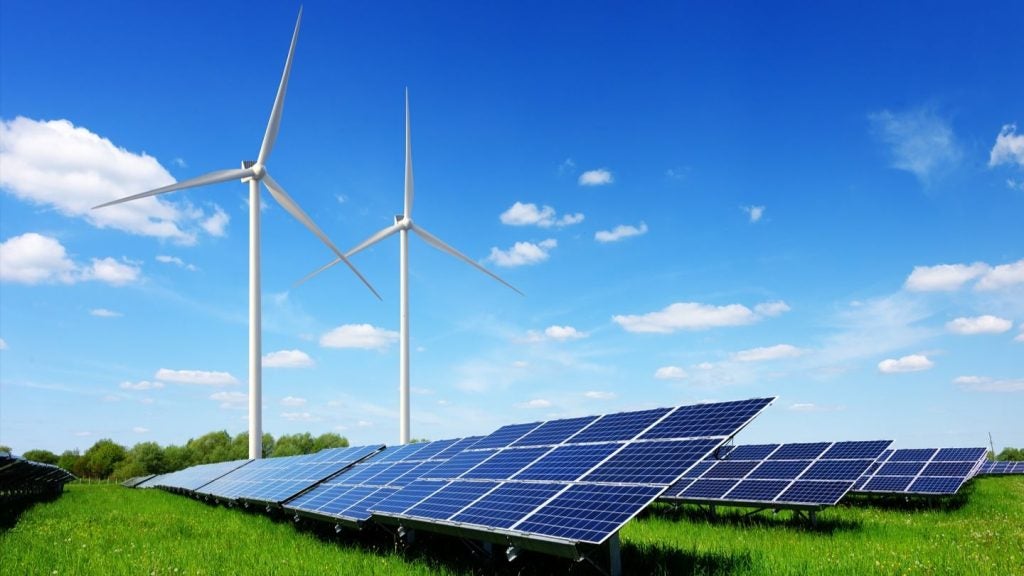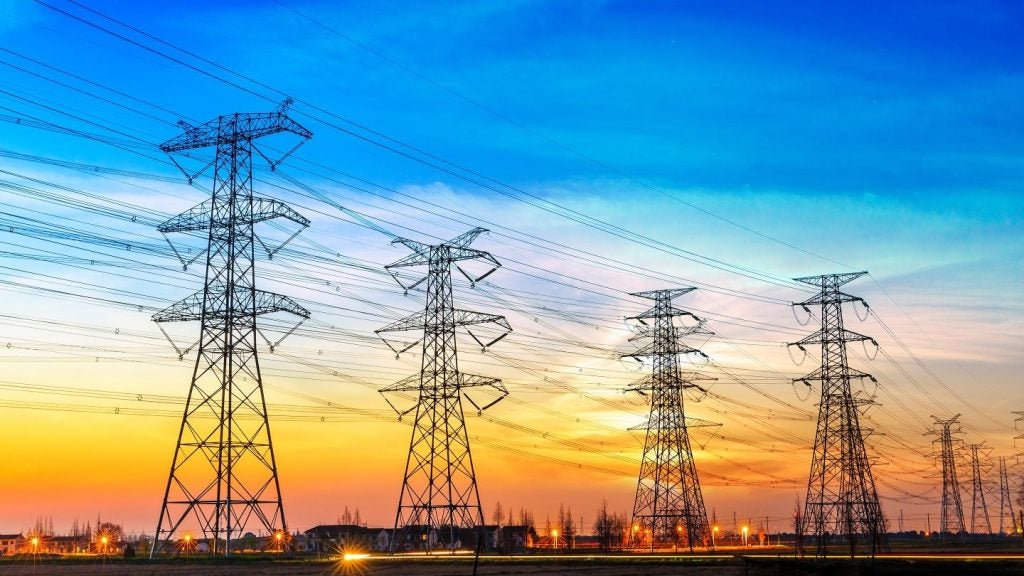Despite methane (CH₄) having a relatively short lifespan in the atmosphere, it has 84-86 times the global warming potential of carbon dioxide (CO₂) on a 20-year basis.
This characteristic means that a reduction in its emissions can have a quicker and greater effect on decreasing the impacts of climate change.
For this reason, policy initiatives and technological advancements to cut back methane emissions into our atmosphere must not be underestimated.
What is methane?
Methane is a powerful greenhouse gas, like carbon dioxide but not as famous.
Livestock emissions and agriculture activities are the primary contributors, but they also come as a byproduct of oil and gas operations, coal mining, wastewater treatment, and several other industrial processes.
According to the International Energy Agency (IEA), methane is responsible for approximately 30% of the current rise in global temperature, with the biggest emitters being China, India, and Russia (IEA, 2021).
This greenhouse gas is short-lived compared to carbon dioxide, meaning that its lifetime in the atmosphere is much shorter - roughly 12 years compared to centuries.
However, it is much more efficient at trapping radiation, so the impact is bigger. Therefore, in terms of net-zero targets, achieving significant methane reductions would have a quicker and greater cooling effect on global warming.
Technology to measure methane emissions are in place and accuracy in their estimations is improving. But, in the fight against methane, technological advancement and policy action must act as allies.
Policy in action
At COP26, the Global Methane Pledge was launched to reduce methane emissions. The participant countries accounted for 45% of global anthropogenic emissions and pledged to reduce them by 30% by 2030.
Among the 150 to join were the European Union, the US, Japan, South Korea, and major producers such as Iraq and Saudi Arabia.
Furthermore, the US Environmental Protection Agency (EPA) is one of the six major agencies supporting the methane initiative.
The main achievement of these projects is the reduction of methane emissions by more than 538 million tonnes of carbon dioxide equivalent (MMTCO₂e) in 2021, a number that has seen steady growth since 2011 when it was barely higher than 100 MMTCO₂e.
Moreover, the European Union supported the UN Environment Programme, which established the International Methane Emissions Observatory, an initiative aiming at providing research, data, and regulation from a range of sources to help reduce methane emissions.
Technology to reduce methane emissions
The methane problem is larger than commonly thought due to inaccurate measurement methods. One study estimated that the EPA’s 2015 inventory underreported methane emissions by more than 60%.
Therefore, over time, an increased use of aerial, satellite, and infrared imaging to improve the accuracy of measurements has taken place.
One example is the IEA, which has an interactive database of country and regional estimates for CH₄ emissions called the Global Methane Tracker.
Since the energy sector is highly involved in methane emissions, several technologies are industry-specific.
Most segments of the oil and gas sector are dominated by venting emissions while equipment leaks are the primary source in gas distribution systems.
Example methods of emission reduction include replacing pneumatic pumps with electric versions and capturing blowdown emissions or installing emission-control devices for leak detection in well sites.
Moreover, energy efficiency tools like digital twins can be used to analyse different scenarios and improve operations to reduce emissions.
Notably, GlobalData’s Methane: The Low-Hanging Fruit of Emissions Reduction report found that the oil and gas sector can reduce methane sooner than other sectors as the technological solutions for reduction are mature and often inexpensive.















